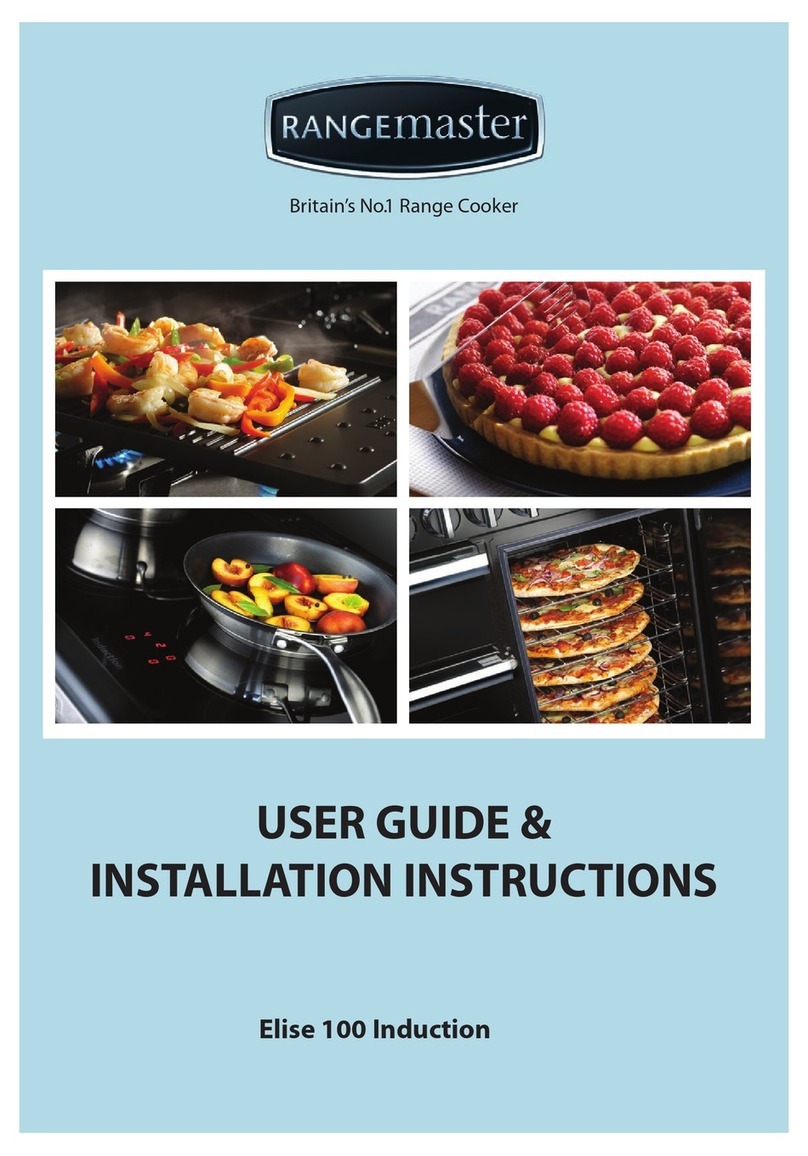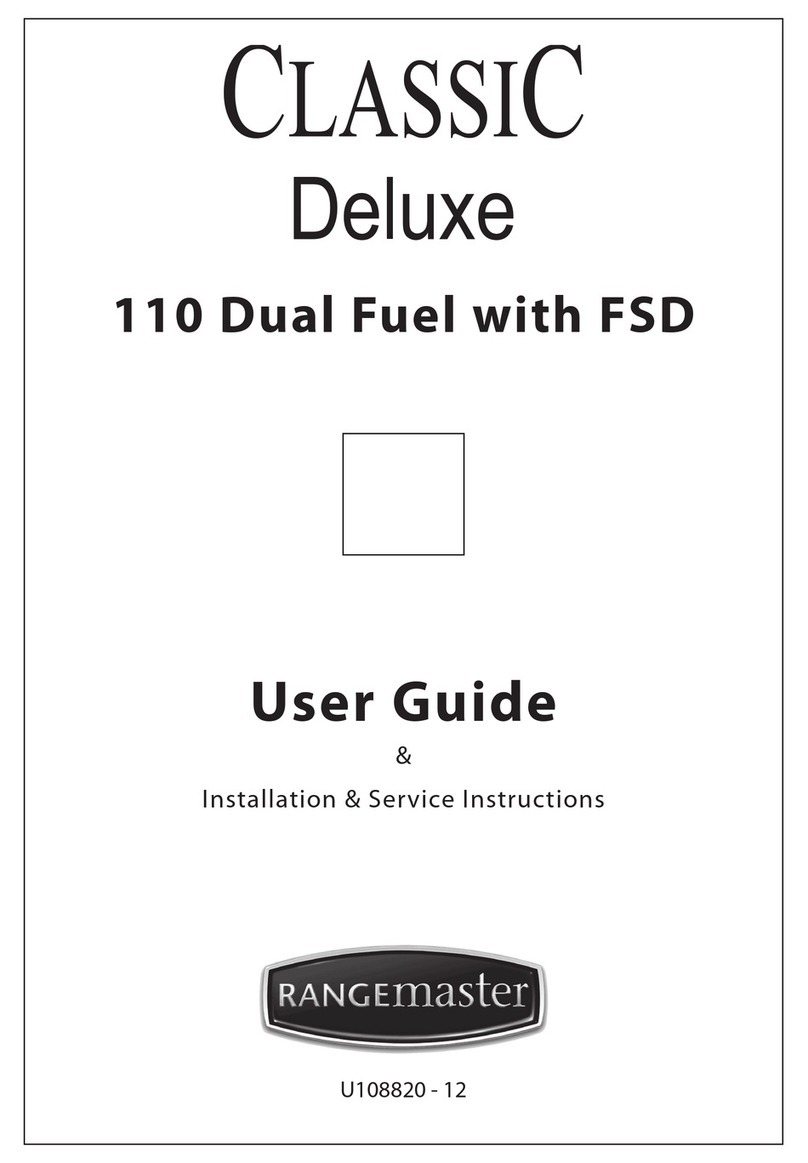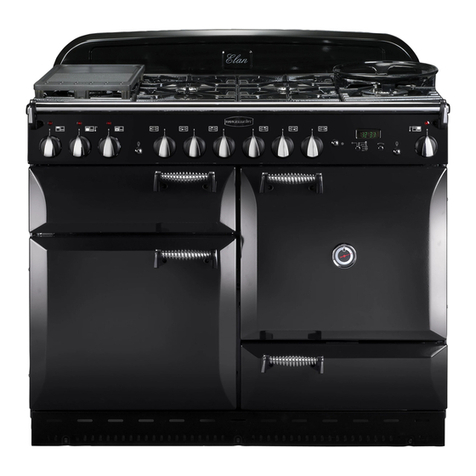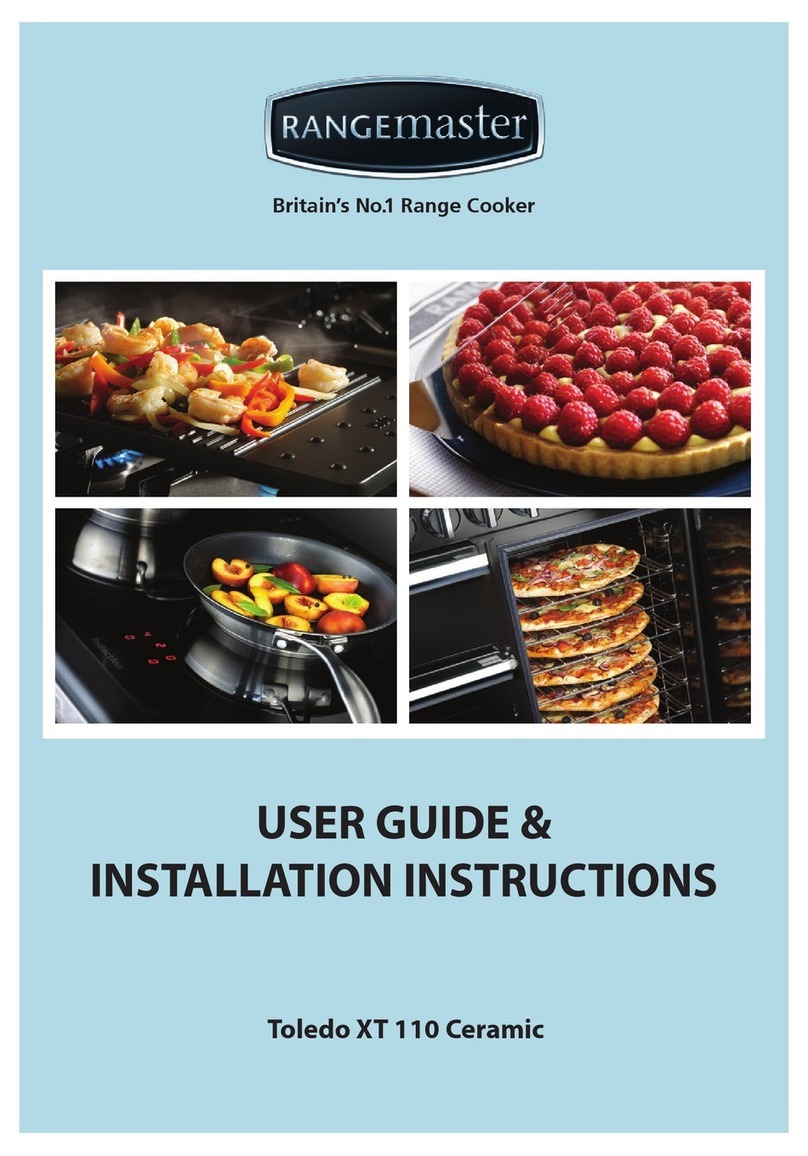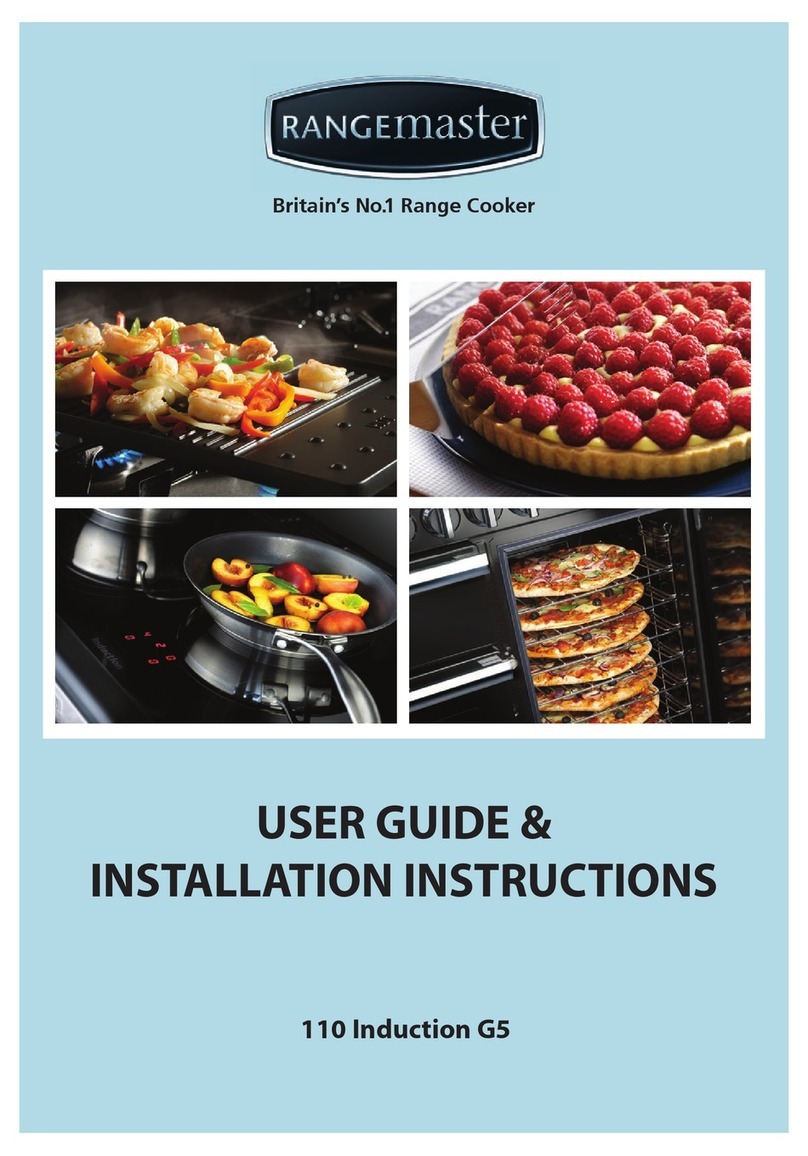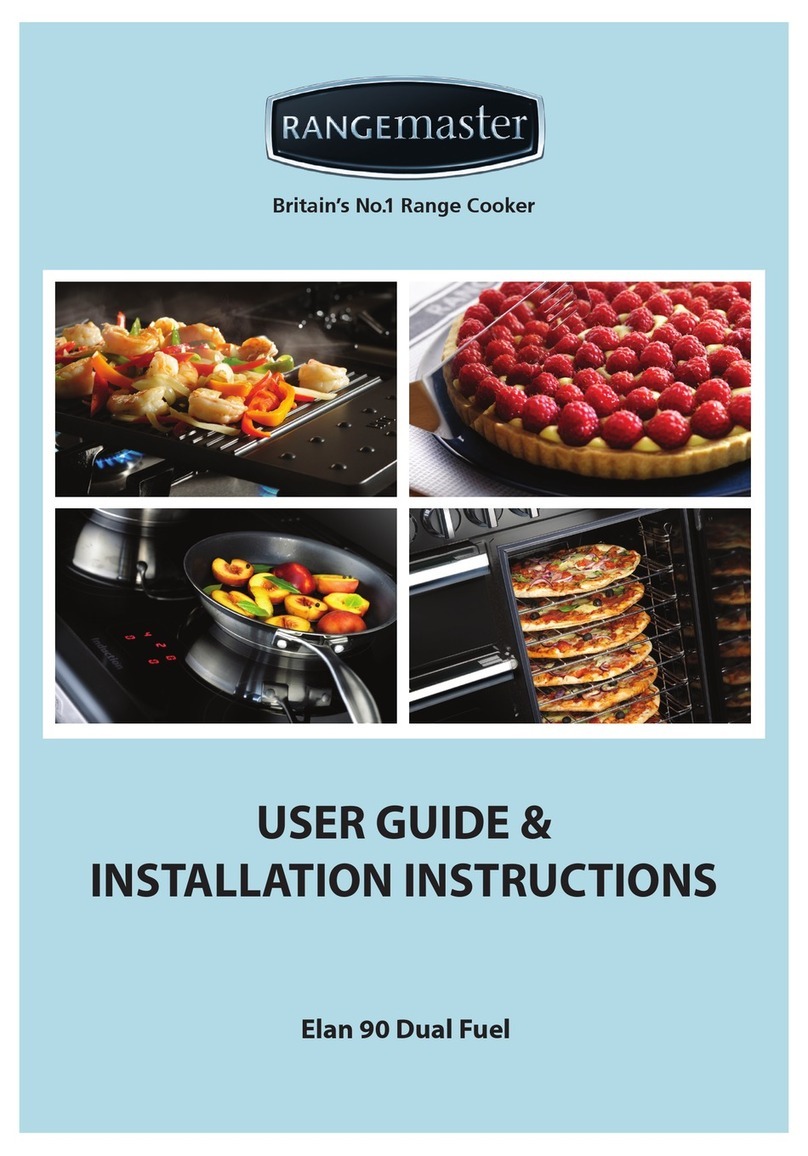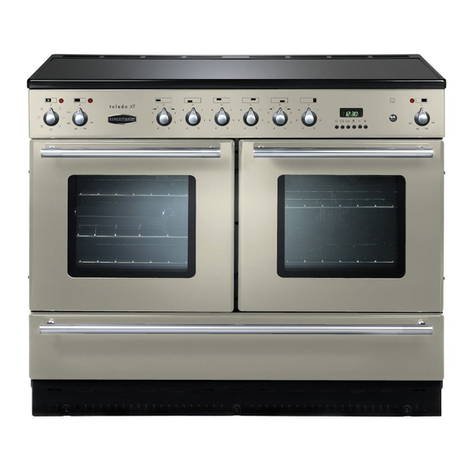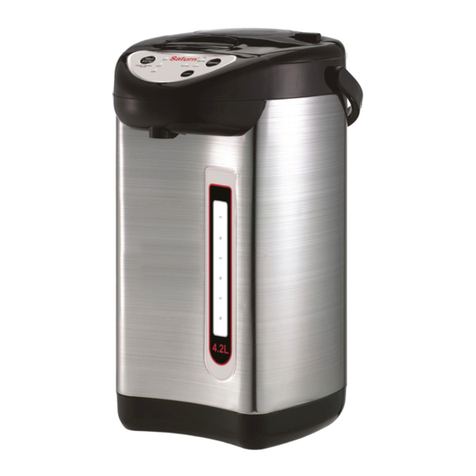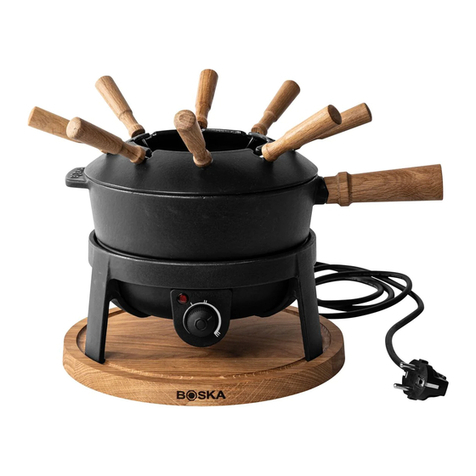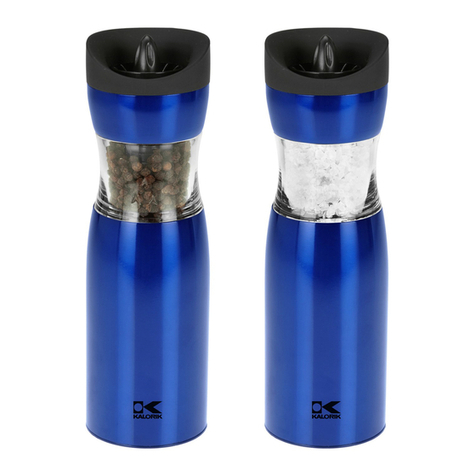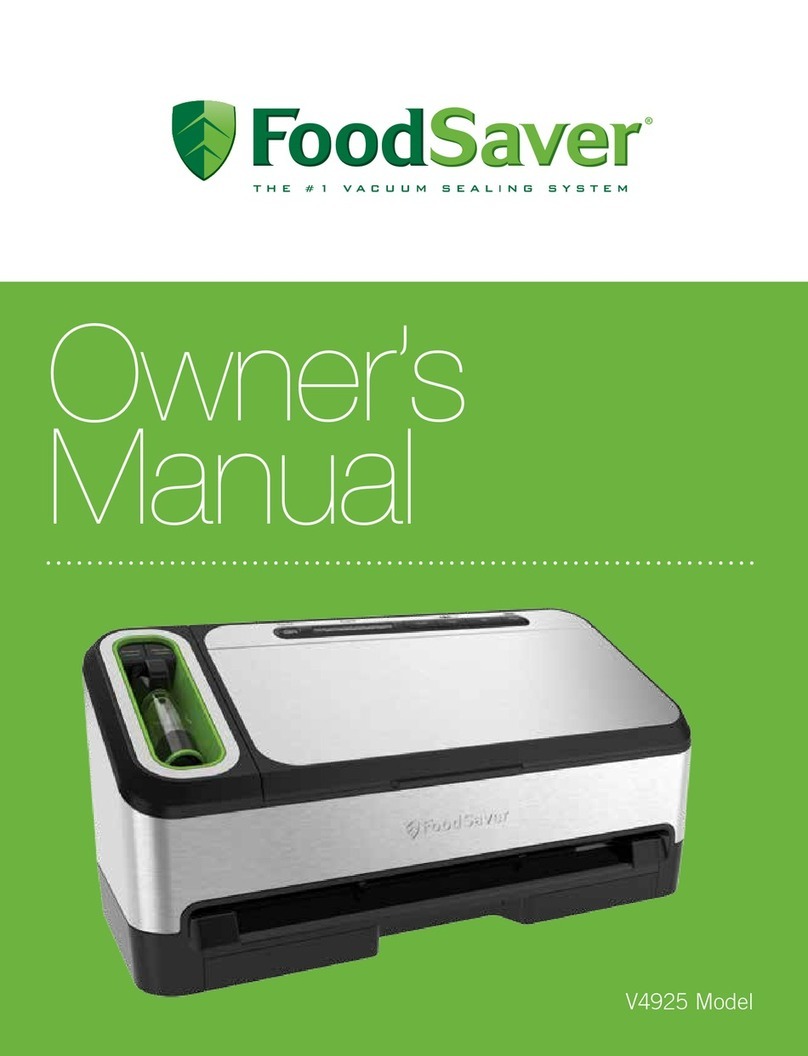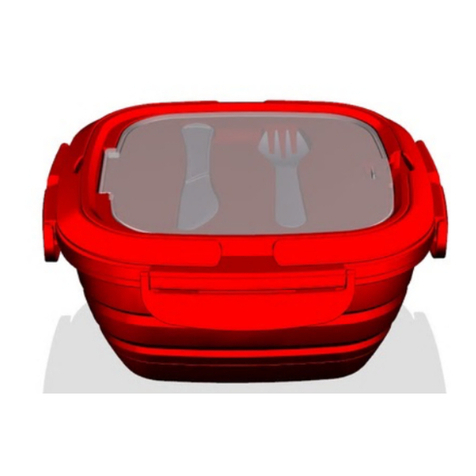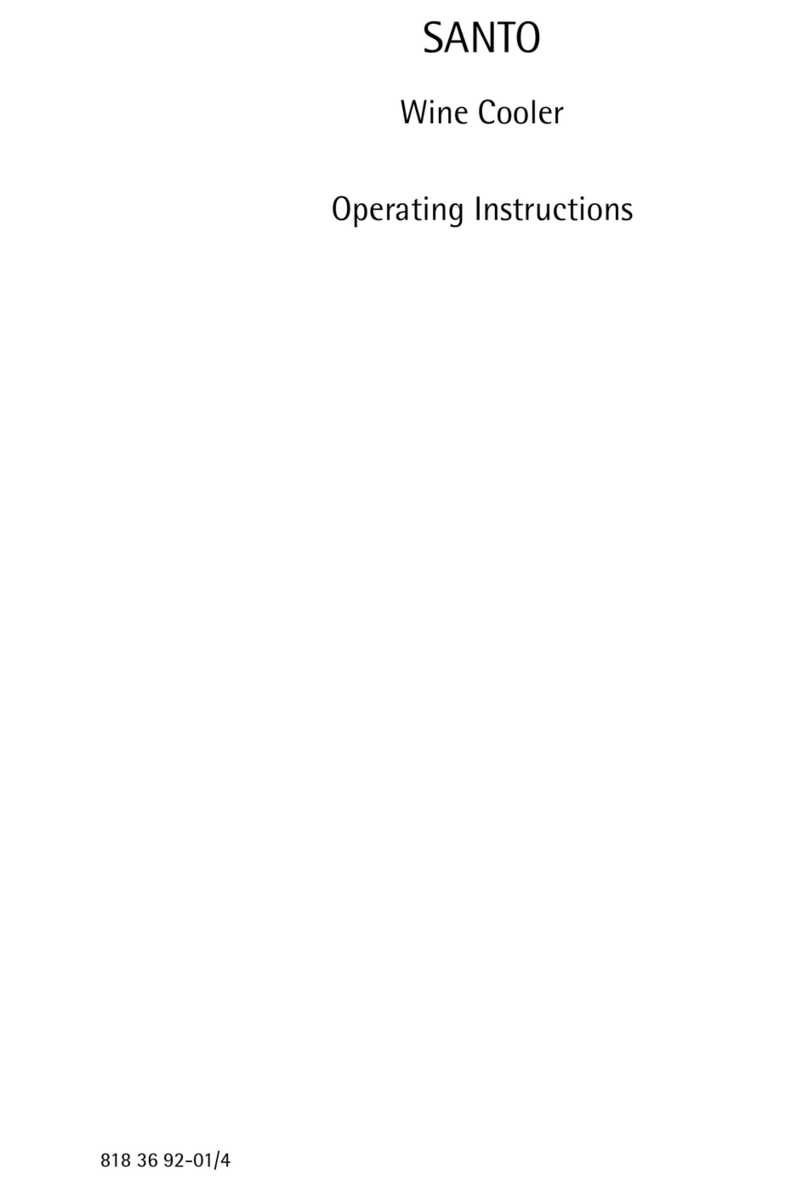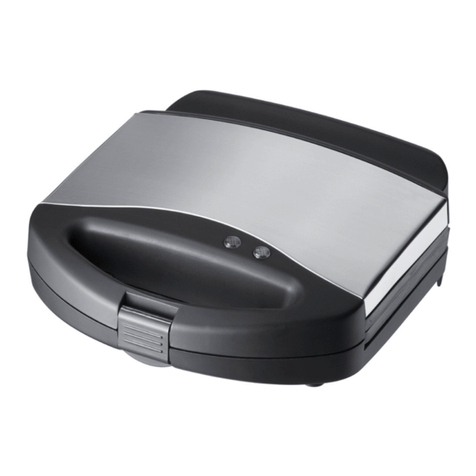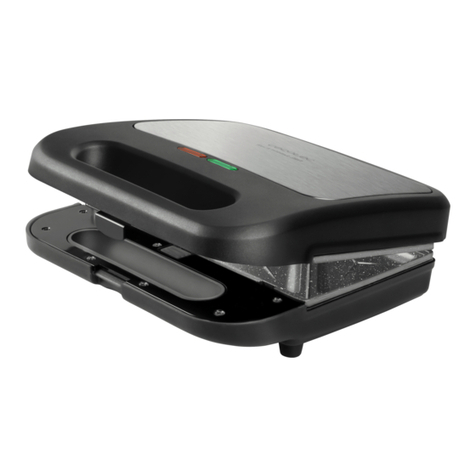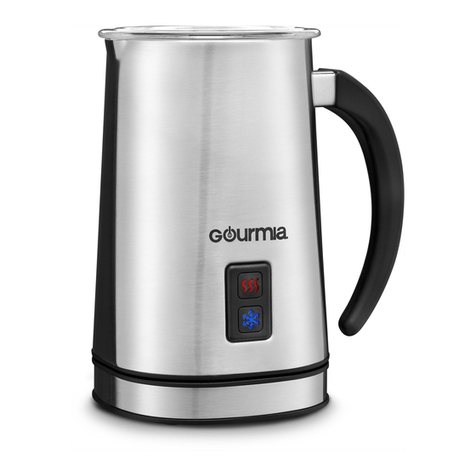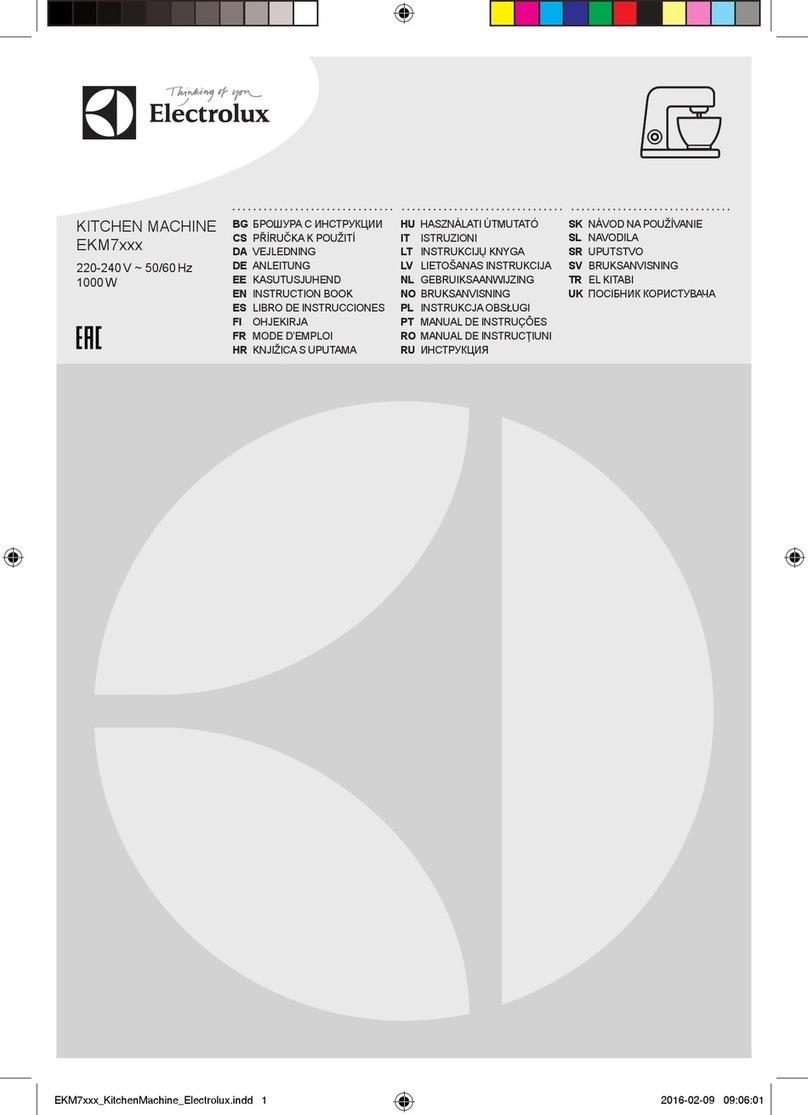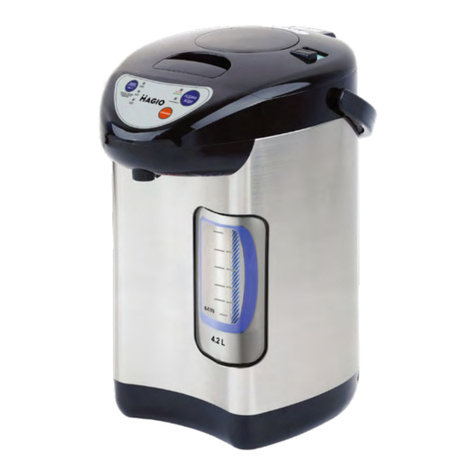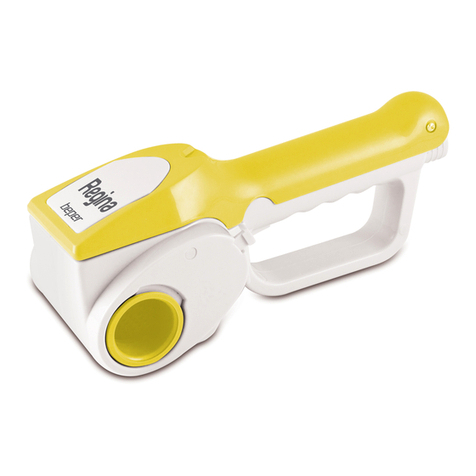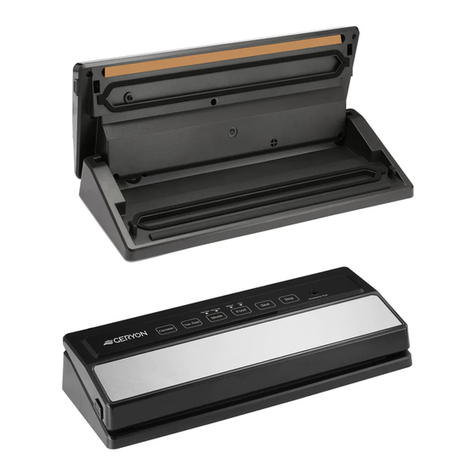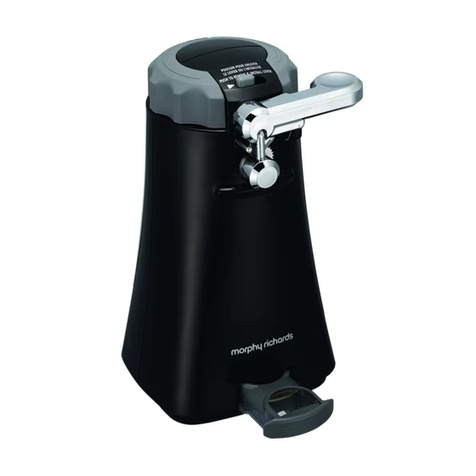1
Your cooker should give you many years of trouble-free
cooking if installed and operated correctly. It is important
that you read this section before you start, particularly if you
have not used a dual fuel cooker before.
Important!
This appliance is designed for domestic cooking
only. Using it for any other purpose could invalidate
any warranty or liability claim. In particular, the
oven should NOT be used for heating the kitchen –
besides invalidating claims this wastes fuel and may
overheat the control knobs.
This appliance is for use in Great Britain and the
Republic of Ireland. It is a Cat II2H3+ cooker and is
set for G20 at 20mbar. (A conversion kit for LPG is
supplied with the cooker).
This cooker is a Class 1 appliance.
Installation and Maintenance
In the UK, the cooker must be installed by a Gas Safe
registered engineer. The electrical installation should be in
accordance with BS 7671. Otherwise, all installations must be
in accordance with the relevant instructions in this booklet,
with the relevant national and local regulations, and with the
local gas and electricity supply companies’ requirements.
Ensure that the gas supply is turned on and that the cooker is
wired in and switched on (the cooker needs electricity).
Set the clock to ensure that the oven is functional – see the
relevant section in this manual.
Only a qualied service engineer should service the cooker,
and only approved spare parts should be used.
Always allow the cooker to cool and then switch it o at the
mains before cleaning or carrying out any maintenance work,
unless specied otherwise in this guide.
Peculiar smells
When you rst use your cooker it may give o a slight odour.
This should stop after a little use.
Before using for the rst time, make sure that all packing
materials have been removed and then, to dispel
manufacturing odours, turn the ovens to 200°C and run for
an hour.
Before using the grill for the rst time you should also turn on
the grill and run for 30 minutes with the grill pan in position,
pushed fully back, and the grill door open.
Make sure the room is well ventilated to the outside air
(see ‘Ventilation’ below). People with respiratory or allergy
problems should vacate the area for this brief period.
If you smell gas
• DO NOT turn electric switches on or off.
• DO NOT smoke
• DO NOT use naked flames
• DO turn off the gas at the meter or cylinder
• DO open doors and windows to get rid of the gas
• DO keep people away from the area affected
• Call your gas supplier.
If you are using natural gas in the UK, ring the National Grid
on: 0800 111 999.
Ventilation
The use of a gas cooking appliance results in the production
of heat and moisture in the room in which it is installed.
Therefore, ensure that the kitchen is well ventilated: keep
natural ventilation holes open or install a powered cooker
hood that vents outside. If you have several burners on, or
use the cooker for a long time, open a window or turn on an
extractor fan.
Personal Safety
DO NOT modify this appliance.
This appliance is not intended for use by persons
(including children) with reduced physical, sensory
or mental capabilities, or lack of experience and
knowledge, unless they have been given supervision
or instruction concerning use of the appliance by a
person responsible for their safety.
This appliance is not intended for use by young
children or inrm persons unless they have been
adequately supervised by a responsible person to
ensure that they can use the appliance safely.
DO NOT use a steam cleaner on your cooker.
Accessible parts will become hot during use and will
retain heat even after you have stopped cooking.
Keep babies and children away from the cooker and
never wear loose-tting or hanging clothes when
using the appliance.
Always be certain that the controls are in the OFF position
when the oven is not in use, and before attempting to clean
the cooker.
When the oven is on, DO NOT leave the oven door
open for longer than necessary, otherwise the
control knobs may become very hot.
When using the grill, make sure that the grill pan
is in position and pushed fully in, otherwise the
control knobs may become very hot.
Note that this appliance has a cooling fan. When an
oven or the grill is in operation the fan will run to
cool the fascia and control knobs.
1. Before You Start...
